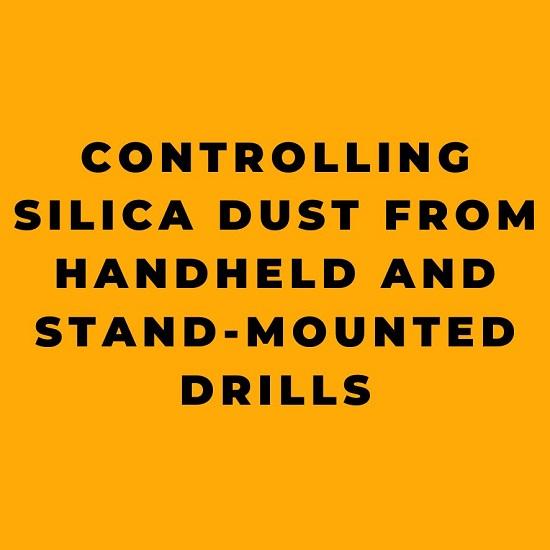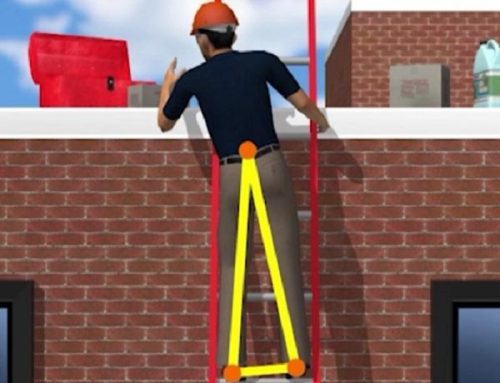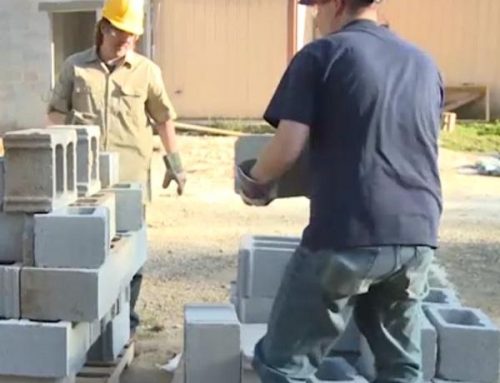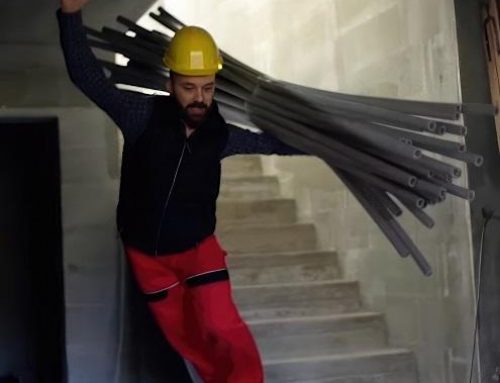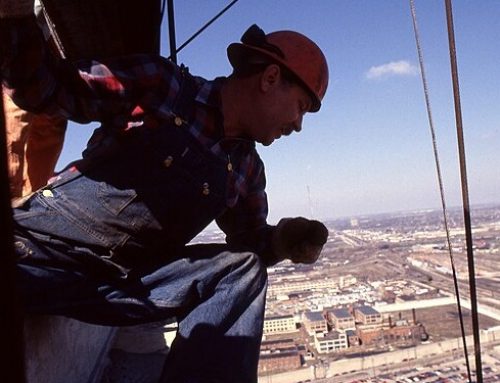Crystalline silica dust poses a serious health hazard for construction workers who use handheld and stand-mounted drills on materials containing silica. Small silica particles can cause irreversible lung damage when inhaled over time. Implementing methods to control silica dust generated from drilling is critical for protecting worker health. This article explores guidelines and best practices based on OSHA’s Respirable Crystalline Silica Standard for Construction.
Understanding the Hazard
Respirable crystalline silica refers to tiny particles in the air that workers breathe into their lungs during activities like drilling concrete or masonry. The particles lodge deep in lung tissue and cause damage over time, leading to serious or even fatal respiratory disease. OSHA regulations aim to limit respirable silica exposures to safe levels.
The hazard applies to using handheld drills, jackhammers, rotary and impact hammers, and any drill for concrete, brick, artificial stone, and other silica-containing materials. Jobs with frequent drilling put workers at high risk. OSHA requires engineering controls to minimize exposures on these jobs.
Vacuum Dust Collection Systems
The primary control called for by OSHA standards is a Vacuum Dust Collection System (VDCS). This system fits around the drill bit to capture dust at the source before it reaches the worker’s breathing zone. Commercial VDCS models are available integrated with tools or as add-ons.
Key components of an effective VDCS include:
- Shroud enclosing drill bit and compatible with vacuum flow
- Vacuum meeting or exceeding tool manufacturer’s specs
- 99% + efficient filter and automatic filter cleaning
Proper maintenance is critical for a well-functioning VDCS:
- Inspect hoses routinely to prevent clogs or tight bends
- Clean filters per schedule to maintain vacuum performance
- Change dust collection bags as needed to prevent overfilling
- Always use respirator and other PPE when replacing bags/filters
Ventilation and Work Practices
While VDCS can dramatically reduce exposures, additional ventilation may be needed for drilling in enclosed or indoor areas. This helps clear remaining visible dust that escapes collection by the vacuum.
OSHA prohibits using compressed air or blowers to blow dust off surfaces or clothing. This just recirculates dust into the air. Wet cleaning or HEPA vacuuming are recommended instead.
The document also advises positioning ventilation ducts and fans to avoid interference from worker movements or opening/closing doors. The goal is keeping dust away from employee breathing zones. This takes planning duct layout ahead of work starting.
Respiratory Protection
When drilling tools consistently use the recommended VDCS technology, separate respiratory protection is not required under OSHA standards. Air monitoring data show exposures remain below 50 μg/m3 over an 8-hour shift when controls are functioning properly.
In crisis or emergency situations, employers must provide appropriate respirators if excessive silica dust is present. Otherwise, the standard VDCS protocols minimize respirable silica to acceptable levels per OSHA.
Conclusion
Preventing occupational illness from respirable crystalline silica is achievable through implementation of vacuum dust controls on drilling equipment. Workers can stay healthy throughout long construction careers. It requires investment in dust collection technologies and consistent adherence to best practices that control exposures. OSHA is an invaluable resource for employers seeking to protect employees from harm in high-risk trades like construction drilling.


